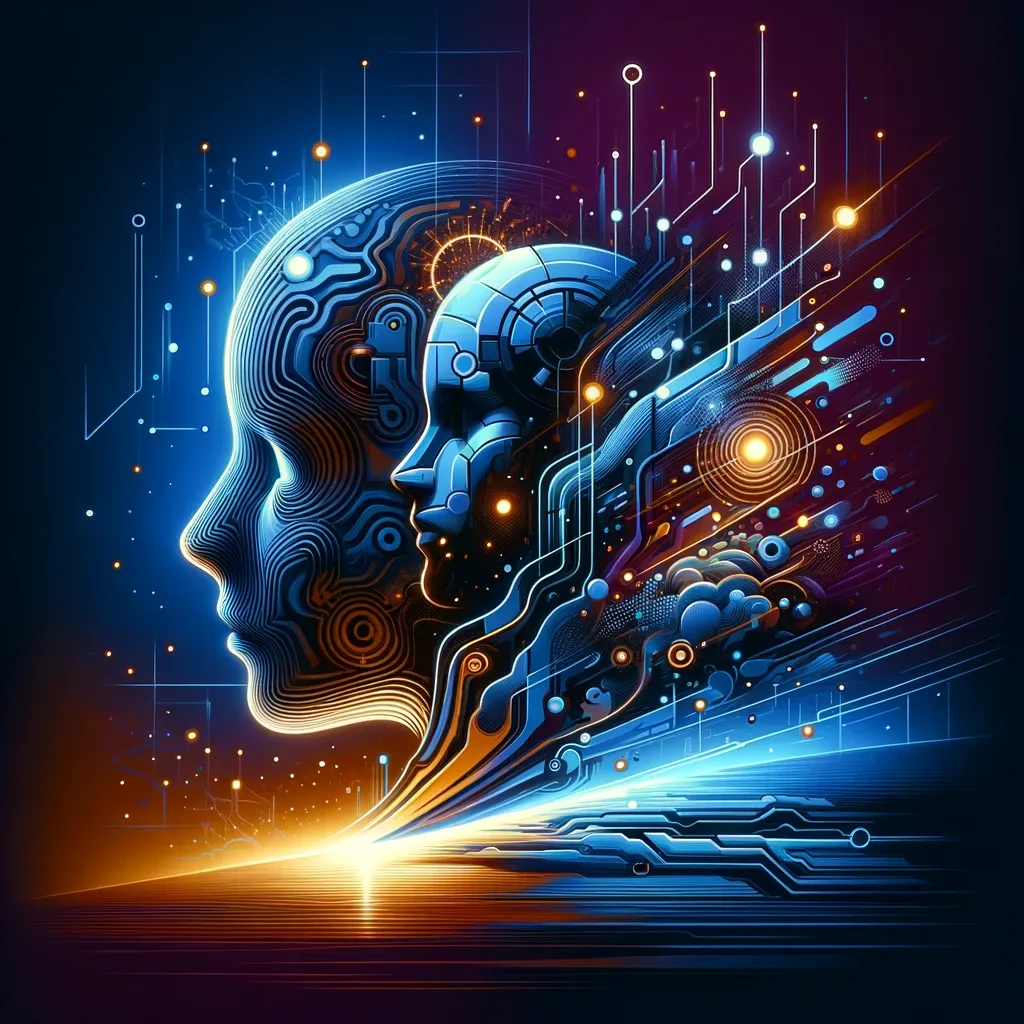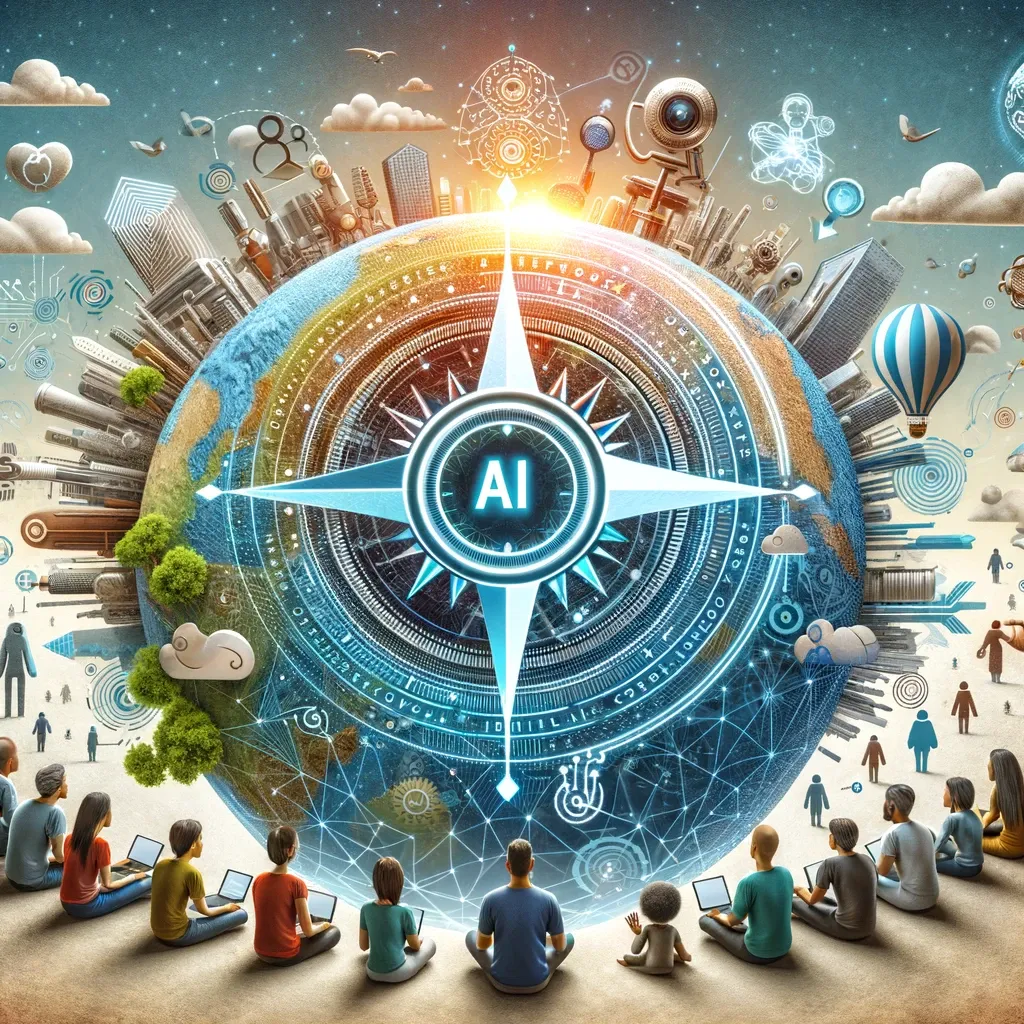Bleeding Responsibly: Navigating the Edge of Technology Adoption
Welcome to the latest discussion where passion for bleeding-edge technologies takes center stage. For me, the allure of the newest, most advanced tech is irresistible. But what exactly do we mean by “bleeding edge”? It’s a term we often hear, but its implications are profound and far-reaching.
Bleeding edge technology is the very forefront of technological development, where the latest innovations are still untested in the real world. These are the tools and systems that are so new they haven’t yet been widely adopted or fully understood. The excitement here is palpable, but so are the risks. It’s at this cutting edge where we find the most potential for groundbreaking advancements, but also where we face the greatest uncertainties. The decisions we make here can set the course for future successes or lead us into uncharted, sometimes perilous, territories.
This brings us to the fascinating world of Artificial Intelligence, particularly the latest AI tools like ChatGPT’s GPT store from OpenAI. AI technology represents a quintessential example of bleeding-edge innovation. With its rapidly evolving capabilities and potential to revolutionize how we interact with technology, AI presents a unique set of challenges and opportunities. It’s a realm where informed decision-making becomes not just important, but essential. As we delve into this discussion, let’s keep in mind the balance between the excitement of exploration and the responsibility of pioneering new technological frontiers.

Understanding ‘Bleeding Edge’ in AI
In the realm of AI, “bleeding edge” takes on a particularly significant meaning. It refers to the latest advancements in artificial intelligence that push the boundaries of what’s possible, often before the implications and long-term effects are fully understood. These technologies are at the forefront of innovation, yet they carry a degree of uncertainty that can’t be overlooked.
A prime example of this is the recent development in ChatGPT’s GPT store, where virtually anyone, not just engineers, can create “AI” services using ChatGPT as a foundation. This democratization of AI technology is groundbreaking, but it also raises crucial questions about the responsible use and deployment of these tools. When AI service creation is open to all, regardless of technical expertise, it opens the door to a plethora of unforeseen consequences. The lack of technical barriers means that people without a deep understanding of AI principles or ethical considerations may create services that are flawed, biased, or even harmful.
This scenario stands in stark contrast to more established technologies like React Server Components, where the user base primarily consists of developers and engineers with a robust understanding of the technology they’re working with. These technologies, while innovative, are built upon established principles and practices, making them more predictable and stable.
In contrast, more experimental technologies like Svelte Kit represent a middle ground. They are new and potentially game-changing but are still primarily in the hands of those with technical expertise. This creates a different dynamic compared to AI innovations like the GPT store, which can be accessed and utilized by a much broader and less technically oriented audience.
This contrast highlights the unique challenges posed by bleeding-edge AI technologies. They require not only a technical understanding but also an appreciation of the broader implications of their use. As AI continues to evolve and become more accessible, the need for responsible development and deployment becomes increasingly critical.
The Responsible Adoption of AI Technologies
As we venture deeper into the world of AI, particularly with innovations like the GPT store, the need for cautious and well-informed adoption of these technologies becomes paramount. The allure of AI’s potential should not blind us to the necessity of responsible usage. This is especially crucial when considering the ease with which non-experts can now create AI-driven applications.
The unique risks associated with AI technologies, particularly those as accessible as the GPT store, stem from their profound capabilities. AI, unlike many other technologies, has the potential to learn, adapt, and in some ways, ‘think’. This makes it both incredibly powerful and potentially dangerous. Missteps in its application can lead to unintended consequences such as the propagation of biases, privacy violations, and the dissemination of misinformation. These risks are magnified when the technology is in the hands of those who may not fully understand the underlying mechanisms or the ethical considerations involved.
On the flip side, the benefits of AI are equally significant. When used responsibly, AI can drive innovation, automate mundane tasks, and provide insights that would be impossible for humans to glean unaided. The GPT store, for instance, has the potential to democratize AI, making powerful tools available to a broader audience and fostering creativity and innovation.
However, this democratization brings us back to the crucial need for specialized knowledge. Handling AI tools requires more than just an understanding of how to operate the technology; it requires an understanding of its potential impact. Users need to be educated not only in the technical aspects of AI but also in the ethical and social implications of their creations. This education should be a key component of AI platforms like the GPT store, ensuring that users are not only empowered to create but also to do so responsibly.
The Risks of Premature Public Release
The decision to release AI tools like ChatGPT to the general public is fraught with potential dangers. These risks stem not only from the complex nature of the technology but also from the varied ways in which people might use or misuse it.
There have been several incidents where AI technologies, due to irresponsible use or a lack of understanding, have caused significant harm. For instance, AI-driven chatbots have been manipulated to produce inappropriate or offensive content, reflecting poorly on their creators and causing public outcry. In other cases, AI tools have perpetuated biases found in their training data, leading to discriminatory outcomes in areas like recruitment or law enforcement.
These incidents highlight the complexity of AI and underscore the need for a more measured approach to its release. AI algorithms are not just complex in their technical design but also in the way they interact with societal norms, ethics, and legal frameworks. Releasing such powerful tools without adequate safeguards and user education can lead to unintended negative consequences.
Targeting Developers and Engineers
Given the complexities and potential risks associated with AI, it makes sense to initially target these tools more towards developers and engineers. This audience has a better grasp of the technical aspects of AI, as well as an understanding of the ethical and societal implications of the technology.
Developers and engineers are more equipped to mitigate risks and responsibly innovate with AI tools. They can serve as a first line of defense against misuse, ensuring that AI is used in ways that are ethical, legal, and beneficial. By initially targeting these tools at a more technically informed audience, we can foster responsible usage and innovation within a community that understands the technology’s capabilities and limitations.
The Lesson from “Production Ready” Claims
The recent incident of a product claiming to be “production ready” while having accessibility issues is a cautionary tale that can be applied to AI tools. It highlights the need for maturity and thorough testing before wide release.
Releasing AI tools should be a carefully considered process, where their readiness is not just about technical stability but also about their ethical and societal impact. Phased roll-outs or limited access to specific user groups can be effective strategies. This approach allows for controlled testing and feedback, ensuring that the AI tool is not just technologically sound but also socially responsible.
The Way Forward with AI Adoption

As we look to the future of AI adoption, several best practices emerge. Firstly, there needs to be a strong focus on ethical considerations. AI developers should be guided by ethical frameworks that consider the impact of AI on society.
User education is also crucial. Those using AI tools should be informed about both their capabilities and their limitations. Robust testing, involving diverse data sets and scenarios, can help uncover potential issues before widespread release.
Finally, community involvement and feedback should be encouraged. By involving a broader community in the development process, we can gain diverse perspectives and insights, leading to more responsible and effective AI tools.
In conclusion, as we navigate the bleeding edge of AI technology, the importance of responsible innovation cannot be overstated. We must strike a balance between harnessing the benefits of AI and mitigating its risks. This requires continued dialogue and thoughtful decision-making among tech leaders, developers, and the broader community.
Call to Action
We invite you to join the conversation about AI technology adoption. Share your thoughts and experiences, engage in discussions, and help shape a future where technology is advanced, conscientious, and safe for all. Let’s work together to ensure that as we push the boundaries of what’s possible, we do so with foresight and responsibility.